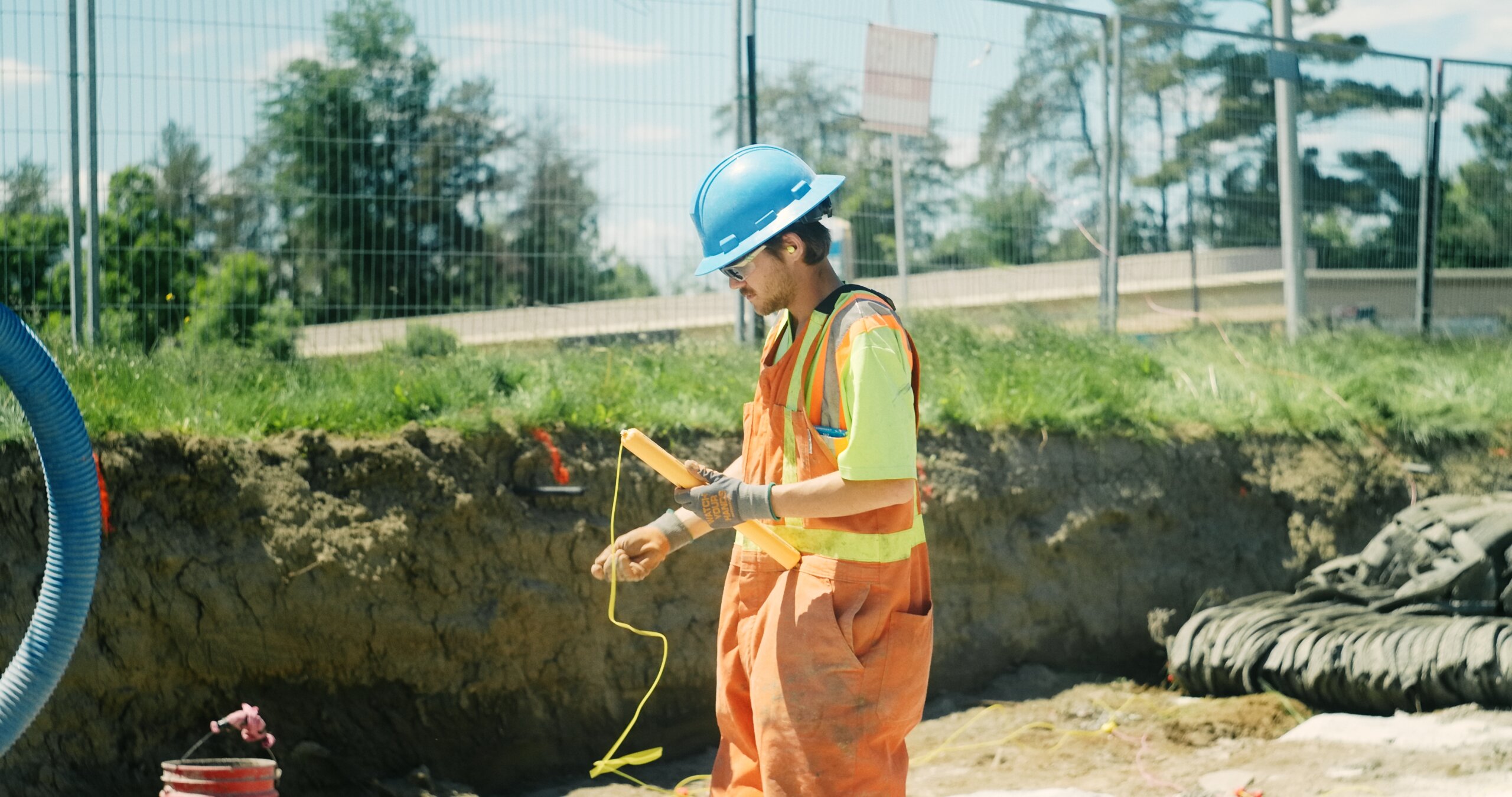OSHA’s National Emphasis Program on heat is active through 2026, and enforcement is already ramping up. Construction crews working in direct sun, near radiant heat, or at elevation are high on the radar—especially during the summer months.
Since 2022, OSHA has conducted more than 7,000 heat-related inspections under the NEP. That’s a sharp increase from the fewer-than-200 annual inspections typical before the program launched. On high heat index days (80°F and above), even a routine visit can turn into a heat compliance check—whether or not there’s been an incident.
There’s still no federal heat standard in place, but that doesn’t slow citations. Inspectors expect crews to have water, shade, rest protocols, and a documented plan for managing heat illness risk. If any of those are missing—or if the plan isn’t being followed—you’re exposed to liability.
This guide breaks down what to include in a job-ready heat plan, how to keep it simple, and how to document it in a way that holds up under inspection.
Heat-Response Plan — Step-by-Step
You don’t need a massive manual to stay compliant—you need a clear, repeatable plan your team can actually follow in the field. Whether you’re working in direct sun, near radiant heat, or just pushing through a humid day, having these steps in place helps prevent serious illness, addresses OSHA’s expectations, and keeps your projects running safely. Here’s how to build a plan that works in real conditions.
1. Assign a heat safety lead.
Choose someone on site—usually a supervisor or foreperson—to take responsibility for heat safety each day. This person should monitor the forecast, confirm controls are in place, and be ready to speak with an OSHA inspector if needed. Their name and contact info should be posted clearly or logged in your daily report.
2. Set the activation threshold.
Decide when your heat plan goes into effect. OSHA uses 80°F heat index as a general benchmark, but you can set a lower threshold depending on your site conditions. Make that trigger explicit—for example, “If forecasted heat index is 78°F or higher, activate heat plan.”
3. Define what happens when the plan is active.
Spell out the exact steps crews and leads are expected to follow. This typically includes providing shade, confirming water stations are stocked and accessible, and establishing a rest break schedule. Make sure this is consistent from site to site and easy to follow.
4. Track conditions and crew breaks.
The heat safety lead should record the forecasted heat index each morning, log the location of water and shade, and note the times crews take breaks. Keep it simple and consistent. If you’re using Corfix, you can capture this with geo-tagged, time-stamped forms in a few taps.
5. Train your crew on the basics.
Make sure everyone understands the plan. During your daily toolbox talk or pre-job meeting, cover when breaks will happen, where to find shade and water, and what symptoms to report. You don’t need a long lecture—just clear instructions and expectations.
6. Prepare your crew for inspections.
If an OSHA inspector asks about heat procedures, workers should answer with short, factual responses. “We took a water break at 10:30 by the scaffolding” is perfect. No guessing, no speculation—just what they know happened.
7. Document any inspector feedback.
If OSHA flags a heat issue or gives informal advice, log it immediately. Record what was said, what action you took, and who handled it. That documentation becomes part of your defense if a citation or follow-up visit occurs.
How Digital Tools Can Make This Easier
When the heat’s up and the job is moving, paperwork is the first thing that gets skipped. A digital system helps you stay consistent, stay documented, and respond faster—without adding extra admin to your crew’s day.
1. You can log breaks, water access, and rest areas in real time.
Instead of filling out forms at the end of a shift—or worse, forgetting—your heat safety lead can document everything from their phone or tablet as it happens. Time-stamped records give you a solid paper trail if OSHA shows up.
2. You can schedule reminders for heat safety tasks.
While most platforms (including Corfix) don’t track live weather conditions, you can still schedule reminders for rest breaks, heat index checks, or shaded area setup. It’s not automatic based on temperature, but it keeps your crew in rhythm on hot days.
3. You won’t lose anything in a binder.
Digital forms, daily logs, and crew check-ins are stored in one place—searchable, secure, and instantly accessible. That means if an inspector wants to see your records, you’re not rifling through paperwork in a truck or trailer.
4. You can see what’s happening across jobs.
If you’re running multiple crews, digital logs show you which sites have activated their heat plan, which haven’t, and where action might be overdue. That kind of visibility is tough to get from phone calls or clipboards.
5. You’re better prepared when something goes wrong.
If someone shows signs of heat stress, your records can show what controls were in place—break timing, hydration logs, rest area locations. That can support your incident response and help protect your business if enforcement follows.
Why It Matters
OSHA’s not waiting for a heat standard—and your crew can’t wait for perfect conditions. Whether enforcement comes from a planned sweep or a drive-by on a hot morning, the best defense is a clear, simple plan your team can follow without guesswork.
That doesn’t mean creating more paperwork. It means documenting what you’re already doing to keep people safe—and doing it in a way that stands up under inspection. A digital system helps you stay consistent, show your work, and focus on the job—not the admin.
Every crew has hot days. Not every crew is ready. Now’s the time to make sure yours is.
